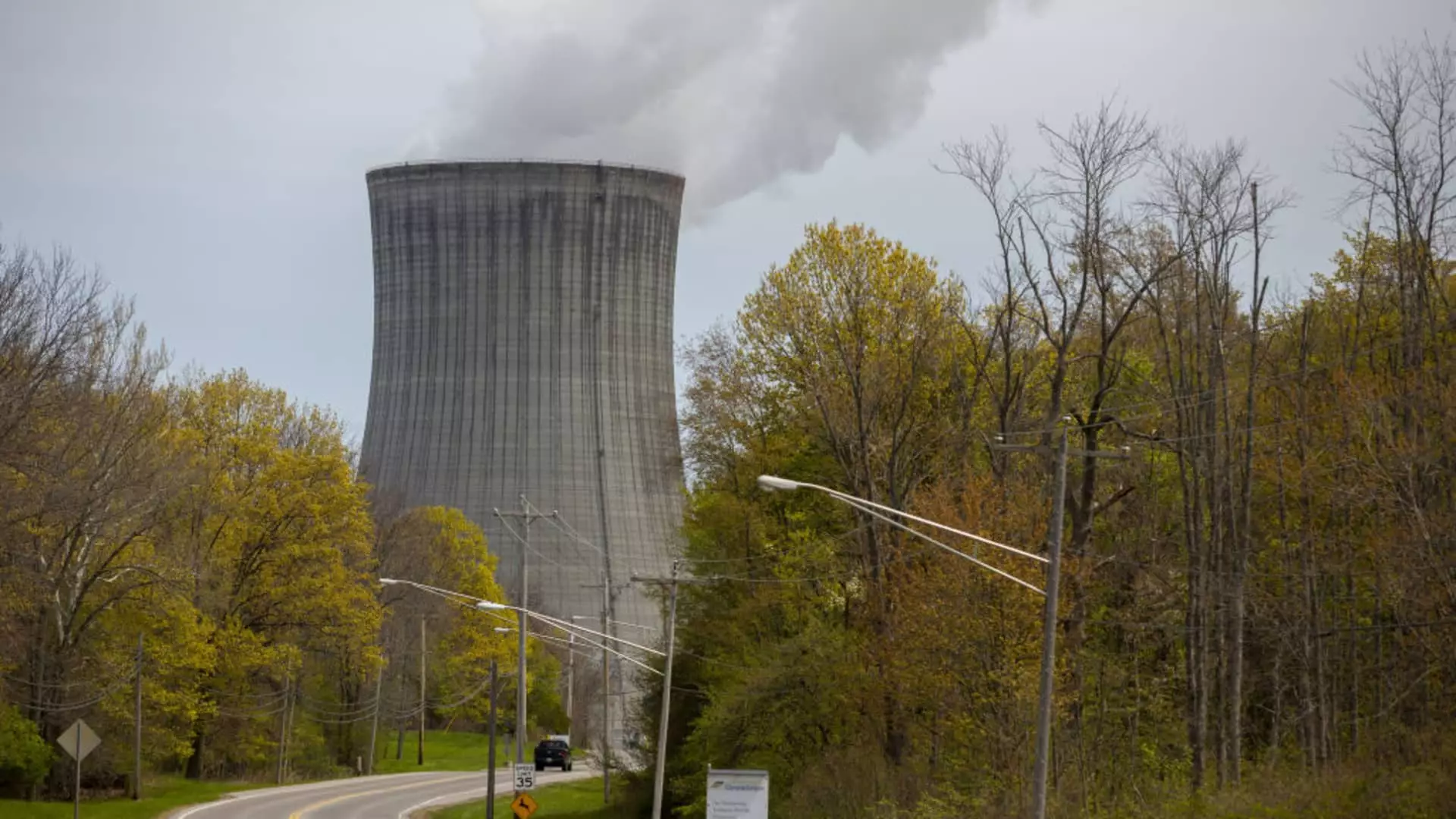In the technology industry, the need for clean energy to power data centers is becoming increasingly important as companies race to develop artificial intelligence. Data centers now require massive amounts of power, sometimes reaching gigawatt levels, which is comparable to the capacity of a nuclear reactor in the U.S. As the U.S. competes with countries like China in the AI race, the reliance on data centers for economic competitiveness and national security is evident. Companies like Constellation Energy, with the largest nuclear fleet in the U.S., are recognizing the importance of connecting data centers directly to nuclear plants to meet their energy demands.
While the concept of co-locating data centers next to nuclear plants seems like a logical solution, it has faced resistance from some utilities. The issue arises from concerns about the impact on the electric grid, potential power shortages, and disputes over power distribution. For example, Amazon Web Services’ purchase of a data center powered by the Susquehanna nuclear plant in Pennsylvania has led to opposition from utilities like American Electric Power and Exelon. These companies argue that such agreements set precedents that could result in less available power for other consumers in the grid area, ultimately harming existing customers.
The Federal Energy Regulatory Commission (FERC) has been involved in addressing the disputes surrounding the connection of data centers to nuclear plants. While companies like Talen Energy have defended their co-location arrangements with tech giants like AWS, utilities have raised concerns about the potential consequences on the power industry and consumers. FERC’s request for more information on these agreements indicates a need for a thorough examination of the impact of directly linking large electricity loads to power plants.
Despite the opposition from some utilities, data center developers are exploring new opportunities in regions like Texas, which operates its own grid called ERCOT. With the possibility of connecting data centers to nuclear plants like Comanche Peak, there is a growing interest in leveraging the benefits of co-location to meet increasing power demands. Companies like Vistra Corp. and Dominion Energy are open to considering these options, recognizing the potential benefits for both parties involved.
As the technology industry continues to evolve, the importance of balancing the power needs of data centers with those of all consumers becomes crucial. Companies like Holtec International emphasize the significance of ensuring that consumers receive their fair share of power while meeting the demands of data centers. With discussions around restarting nuclear plants like Palisades in Michigan and exploring new partnerships with tech companies, the focus on finding a balance between power distribution and energy consumption is essential.
The trend of connecting data centers directly to nuclear plants presents both opportunities and challenges for the energy industry. While the benefits of co-locating data centers to meet the demands of AI development are evident, concerns about the potential impact on power distribution and consumer welfare cannot be ignored. As regulatory authorities and companies navigate through these complex issues, finding a balance between supporting data center growth and ensuring a stable power supply for all consumers will be key to driving sustainable innovation in the tech industry.

